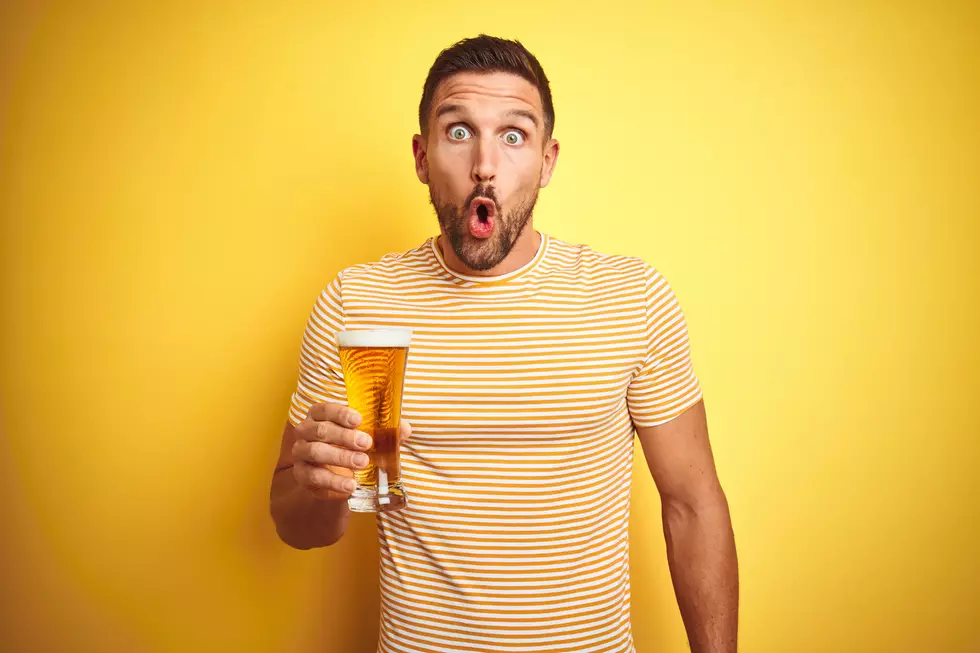
OK Poison Control ‘Don’t Take Livestock Medication’
In a weird turn of events, the Oklahoma Center for Poison and Drug Information has issued a warning and recommendation that all humans should stop administering bovine and equine ivermectin to themselves with over-the-counter livestock medication. Not because ivermectin hasn't proven itself a valuable ally against Covid-19, but because people are ingesting doses high enough to treat cattle and horses.
The managing director for the state poison center said:
"I'm troubled about people using ivermectin in an over-the-counter use -- for example, going to the feed store. Primarily because they're doing it on their own and they're using very large doses. They're using concentrations that are intended for very large animals like cattle and horses. They're doing it without, typically, the knowledge of their physicians, and there is significant potential for very large, massive overdoses of ivermectin."
For the last calendar year, ivermectin has been given to some populations worldwide because of the effects it produces in the fight against Covid-19, but the difference between the over-the-counter livestock de-wormer sold here in America and the the pills made and prescribed to people are two different things. Essentially they're the same medication at the core, but it's the dosing that comes into question. For instance, the most readily available ivermectin in America is either an injection solution for cows and a flavored paste for horses, but this medication intended for humans comes in the form of a pill in India.
Now, I'll admit... I know people who have taken livestock ivermectin with the results they were hoping for, but the veterinarian they work for is somewhat of an expert in terms of the proper dosage per weight of the person. While it had a positive result on their covid diagnosis, the day after ingesting it was a rough one for them. High fever, severe chills, and an unquenchable thirst for about 36 hours. Odds are the results were more of a fluke than proof of a wonderdrug, but we'll likely never know.
I know we're living in a time where it's become harder to trust your own doctor than some random stranger on social media, but it's probably still best to take the advice of health professionals for now and steer clear of the cattle de-wormer in the meantime.
LOOK: Best Beers From Every State
25 True Crime Locations: What Do They Look Like Today?
LOOK: See how much gasoline cost the year you started driving
LOOK: Famous Historic Homes in Every State
More From KZCD-FM









